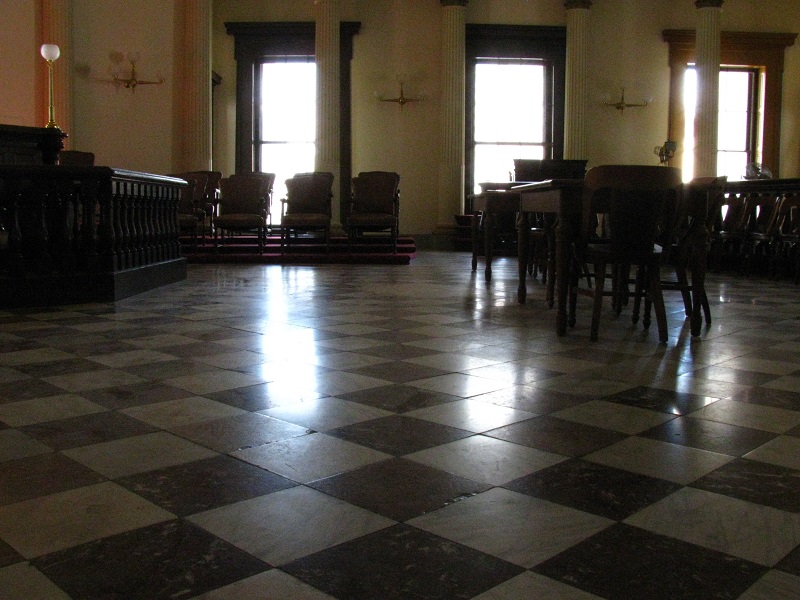Earlier this month the Ramsey County Bar Association presented a CLE seminar: Leadership for Social Justice. As part of that seminar, the quiet leadership of Charles Hamilton Houston was highlighted. To close out African American History Month, let us consider this astute civil rights figure. Though less well-known than some other civil rights pioneers, he was nonetheless key to ending the oppressive Jim Crow regime that defined our nation’s race relations in the period between the post-Civil War Reconstruction Era and the post-WWII Civil Rights Movement.
Born in 1895, Charles Hamilton Houston led a routine academic life of teaching English at Howard University until he became a First Lieutenant in the United States Army during WWI. Outraged at the poor treatment he saw heaped upon black soldiers from their fellow Americans, Houston vowed to dedicate his life to change. When he concluded his military service in 1919, he entered Harvard Law School and graduated in 1923. While there, he was the first African American to serve as an editor of the Harvard Law Review. (Not to be confused with the Review’s first African American president.) In 1924 he was admitted to the D.C. Bar and joined his father’s law practice. In the years that followed, Houston became special counsel for the NAACP, and also joined the faculty at Howard University School of Law. In this academic capacity he became a mentor to Thurgood Marshall, who would later argue Brown vs. The Board of Education.
It was around this time that Houston struck upon the idea that unequal education was the weak spot of Jim Crow, given the failure of states to carry out the “separate but equal” standard mandated by the 1895 Supreme Court case, Plessy v. Ferguson. Houston’s idea was worked into the successful legal strategy used by the plaintiffs in the 1954 case of Brown, wherein the U.S. Supreme struck down the “separate but equal” doctrine. Houston died in 1950, four years before this groundbreaking decision, but he had played a role in nearly every civil rights case before the Supreme Court from 1930 until his death.
These details of Houston’s life are laid out in this page of the NAACP website. One can also read more about Charles Hamilton Houston and the entire Jim Crow custom in the book From Jim Crow to Civil Rights (Oxford 2004), available in our library collection. Also consider the provocative book The New Jim Crow (The New Press 2010), which asserts that the old Jim Crow as taken a modern shape in the form of mass incarceration, also available in our library.
